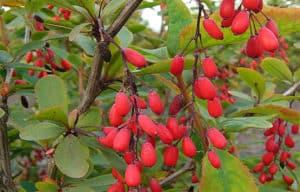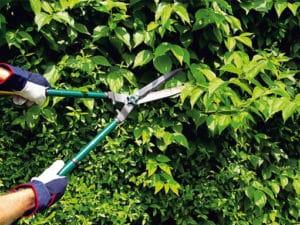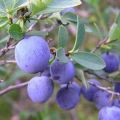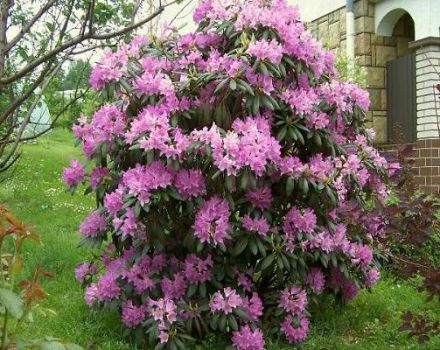Tips for summer residents on how to properly propagate garden blueberries at home
The berry culture is a difficult-to-root plant. It is important for gardeners to know how to propagate blueberries correctly, breeding methods suitable for different climatic zones. Expensive seedlings are the second reason for the independent use of inexpensive methods for obtaining planting material.
Can blueberries be propagated
Garden blueberries with a low calorie content (39 kcal) contain a rich set of vitamins and minerals. Removes radiation, relieves fever, improves blood composition. In the off-season, fruits support the body's immune defenses. Thanks to its beneficial properties, the culture is becoming more and more popular.
Amateur gardeners are interested in whether it is possible to cultivate blueberries with their own hands, without purchasing plants in specialized nurseries or through intermediaries. Subject to the rules and recommendations, the task is quite feasible. The berry crop reproduces in the same way as other fruit bushes.
Breeding methods and timing
Blueberries can be successfully cultivated using seeds, parts of the bush. The first method takes a lot of time, requires a lot of effort and does not guarantee that the seedlings will retain their economic and genetic properties.To preserve the qualities inherent in varietal blueberries, a vegetative propagation method is used by cuttings, layering, and root shoots.
The modern achievement of biologists is microcloning of biological tissue taken from a plant.
The choice of breeding method depends on the region, age of the bush, variety, and the choice of timing depends on the type of planting material. In autumn and spring, blueberries are bred with ready-made seedlings, root shoots. Sections of shoots, stratified seeds are planted only in spring.
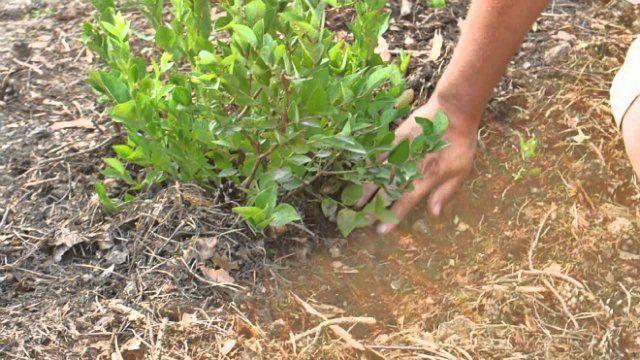
Features of cuttings
A popular way of growing blueberries is rooting of green, lignified or rooted cuttings, starting with the selection of quality material.
Lignified
From December to March, shoots are harvested from young annual plants, which are stored, tied in bunches, at a temperature of 0-4 ° C. If the blueberry is low-stemmed, the branches are cut into pieces 10 cm long, in high-stemmed varieties - 15 cm. The lower part ends with an oblique cut under the bud.
The top is cut horizontally, leaving 2 cm to the upper bud, preventing the growth zone from drying out. Before planting, the bottom of the cutting is powdered with Kornevin or dipped into a solution obtained from a liter of water and 1 g of a substance that stimulates root formation for 2-7 days.

At the end of March or in April, the cuttings are planted in a greenhouse, having prepared a box filled with peat substrate in advance. Part of the plant with two buds is left above the ground. You can dig right in on the garden bed, covering it with a film, spunbond, stretched over arcs. Planting pattern is from 5 to 10 cm between plants and rows. The rooting period is from two months.
Green cuttings
Cutting blueberries in summer is more effective. A larger amount of planting material takes root, the rooting period is reduced (1.5 months). In summer, from the last days of June to the end of July, a new growth or branching shoots are selected. Areas forming inflorescences are unusable.
When harvesting, green shoots are separated with a sharp jerk down so that they have a section of last year's bark of the stem. The lower part is freed from foliage, treated with a root formation stimulant. The remaining leaves are thinned out so that after planting semi-lignified cuttings in the greenhouse, they do not touch.
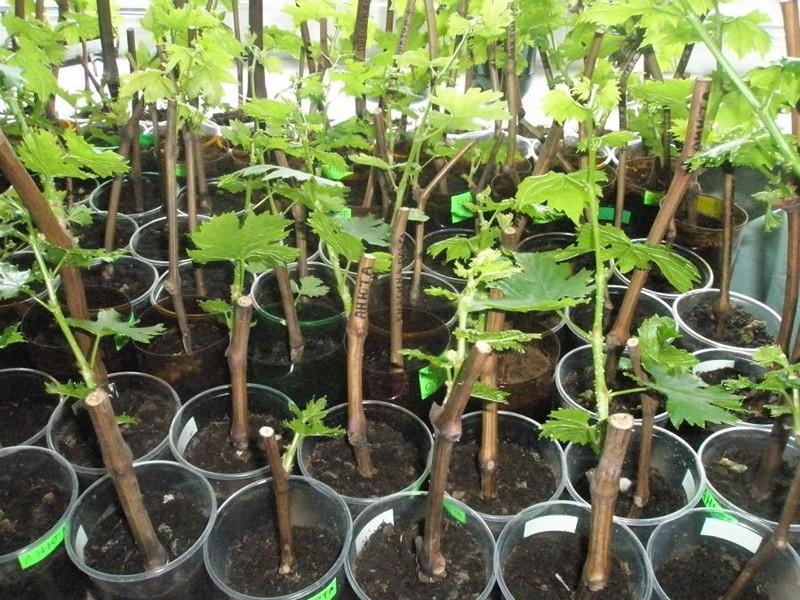
Favorable conditions for rooting - regular moistening of the soil, as an indicator of which is the state of the leaves, the temperature in the range of 18-22 ° C.
Root
Bushes with a developed root system are dug in, exposing the roots. Sections of rhizome shoots are separated, which are cut into 20-centimeter cuttings with buds.
Before planting the branches, make and moisten the furrows in the garden bed. Cuttings in an inclined position are covered with earth, watered again. Cover with a film stretched over arcs. After rooting of the garden blueberry, the protective material is removed. In winter, the culture is left in the same place, having previously taken care of insulation.
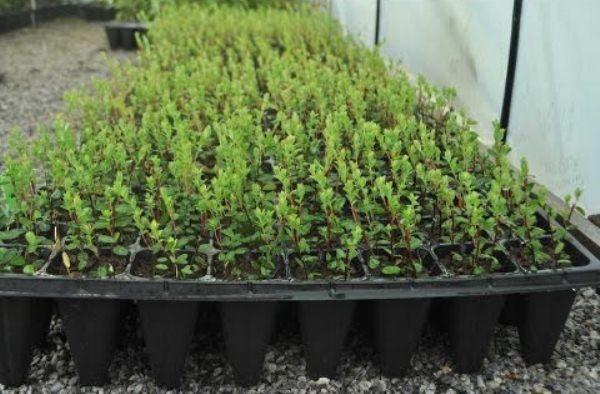
The root cuttings method is used to propagate low-growing varieties that form underground shoots.
Breeding by layering
The method is used in late spring. Flexible healthy shoots, previously placed in a solution of a chemical rooting stimulator, are suitable for reproduction.
After trying on, a shallow groove is dug, along which a branch is laid, and covered with earth. If you press the shoot only at the base, you get one layering. With complete burial, several new plants may appear no earlier than 2 years later. After separation from the bush, the planting material is grown in greenhouse conditions for another 1-2 years before planting in the berry.
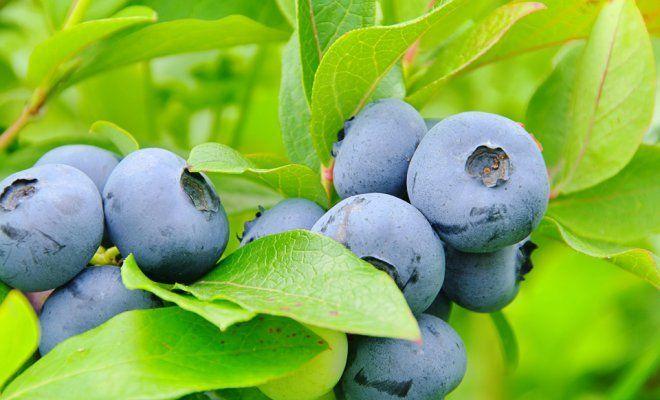
The method of propagation of blueberries by layering is long and not the most effective, since the result is not guaranteed.
Seeds
Seedlings are grown from self-collected or purchased seeds at home. Cold stratification is preliminarily carried out.3 months before planting, the seeds are placed in a container with a wet coconut substrate or moss, the container is closed, placed in the refrigerator.
Algorithm for growing blueberries from seeds:
- An acidic substrate is poured into the container, moistened. Or they have rows of pre-soaked peat tablets.
- Planting material is sown on the surface without deepening. Sprinkle on top with sand, peat or sawdust with a layer of no more than 2-3 mm. Cover with glass, place on the windowsill.
- Monitor soil moisture. A spray bottle is used for watering. Ventilate at least once a week.
- The glass is removed 7–20 days after the first shoots appear.
- In the three-leaf phase, blueberry seedlings require more nutrients. Each plant is transplanted into a separate glass or pot.
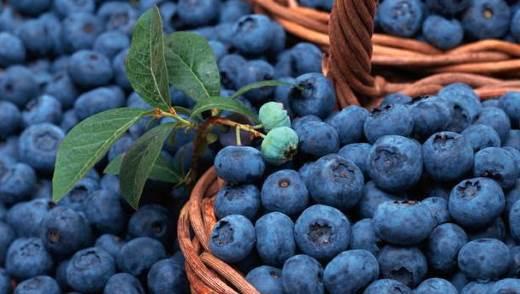
From spring to autumn, seedlings are kept outdoors in natural conditions. For the winter, they are brought into a closed unheated room, insulated with a covering material. The seedlings are planted on the garden bed two years after the seeds are planted.
Root shoots (partial bushes)
For reproduction by partial bushes, young healthy specimens of low-growing blueberries are used. The main condition is a developed root system that forms stolons.Growth zones located on the shoots form young shoots. To isolate it from the mother plant, a blueberry bush is dug up. Separation takes place in spring or fall. Planting in separate containers or immediately to a permanent place is allowed.

By dividing the bush
The method is used for old plants for the purpose of rejuvenation. The bush is dug up, divided into parts, each of which includes several branches and a root from 5 cm. The resulting cut is planted immediately to a permanent place. Begins to bear fruit in the fourth year.
Reproduction by cardinal pruning
Planting material is obtained by total pruning of the bush. The event is held in early spring.After removing the shoots, a double rate of mineral fertilizers is introduced under the root, the blueberries are covered with a 30-centimeter layer of sawdust on top.
A greenhouse is built over the formed elevation, which protects the cut bush from unfavorable weather conditions, and retains moisture. On the new shoots that appear, after 2 years, roots appear above the original root system on the parts covered with sawdust. The structure is removed, young plants are separated from the mother bush, grown or planted in a garden bed.
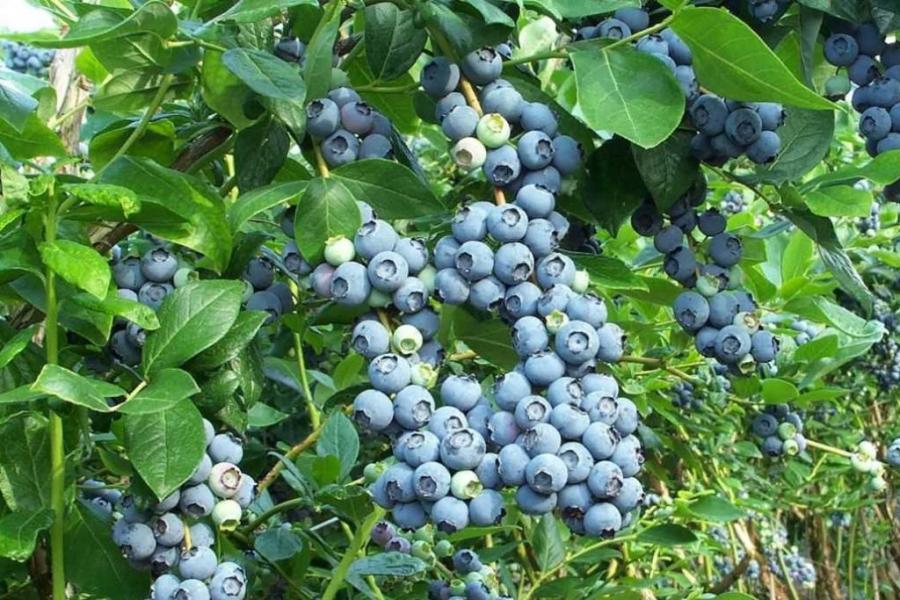
Micropropagation of garden blueberries
The method related to vegetative propagation is used to improve the culture, rapid reproduction of blueberries from a piece of biological tissue (meristem).
Growing stages:
- The mother plant is selected for genetic or economic qualities.
- A piece of the trunk, bark, leaf plate is cut out. If the laboratory is faced with the task of obtaining a large number of cuttings in a short time, then the tops of the shoots are used.
- The sterilized biomaterial is placed in a nutrient medium based on agar-agar with the addition of hormones, micro and macro elements. 5-9 shoots are obtained from one point of growth.
- Further, they are separated with a scalpel in distilled water.
- Prepare a fresh nutrient medium different from the first in the ratio of hormones.
- In cuttings placed in sterile conditions, the root system begins to develop rapidly.
- When the plant reaches the desired parameters, the blueberries are transplanted into the greenhouse.

The advantages of blueberry micropropagation are the absence of dependence on climatic conditions, the possibility of growing new varieties.
Features of the reproduction of garden blueberries in different regions
The difference in climatic conditions affects planting, growing, wintering. The methods and rules of reproduction by region are identical, some nuances differ. In the harsh conditions of Siberia and the Urals, frost-resistant blueberry varieties are grown. Short summers and long winters presuppose the use of greenhouses, hotbeds, warm beds, the principle of which is based on the release of heat by compost embedded under the fertile layer.
In southern Russia, blueberries do not grow or multiply. In the North Caucasus, you cannot find acidic peat soils and mycelium of fungi necessary for the development, fruiting and reproduction of a culture.
In Central Russia, meteorologists note sharp jumps in temperature, frosty winters, thaws. The growing season for blueberries begins in April. At this time, they organize planting, open greenhouses, take out seedlings, which were planted with seeds a year ago, outside. At the end of October, the plants are prepared for wintering.
